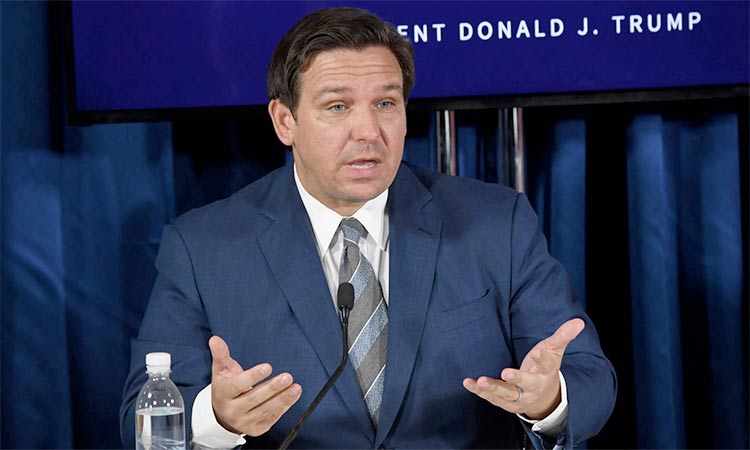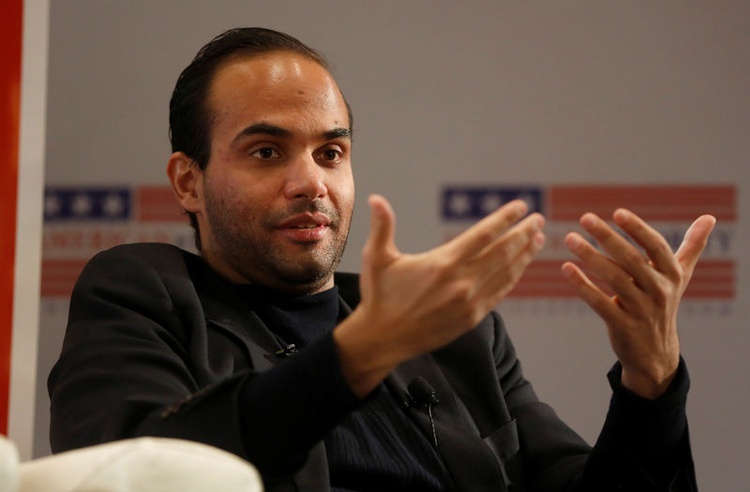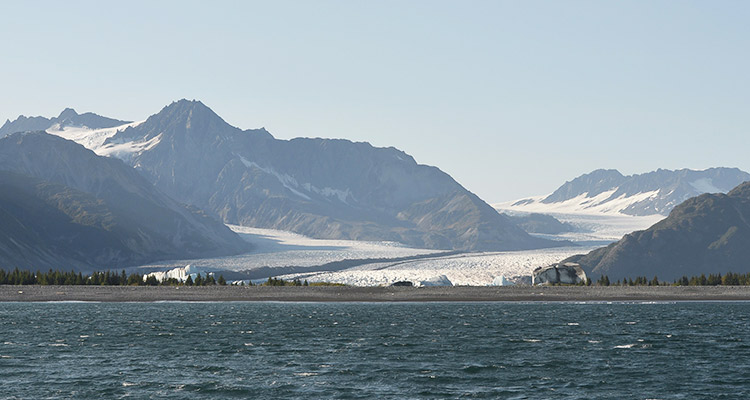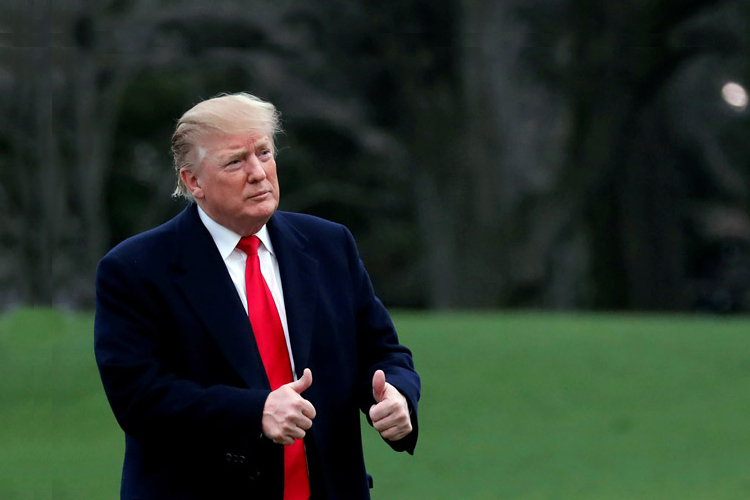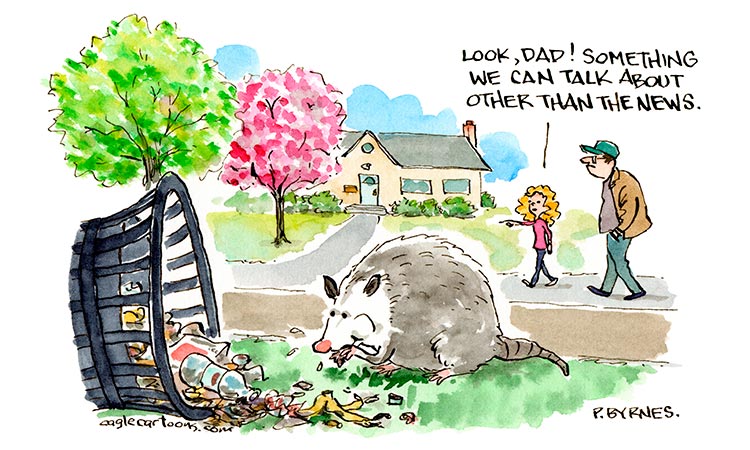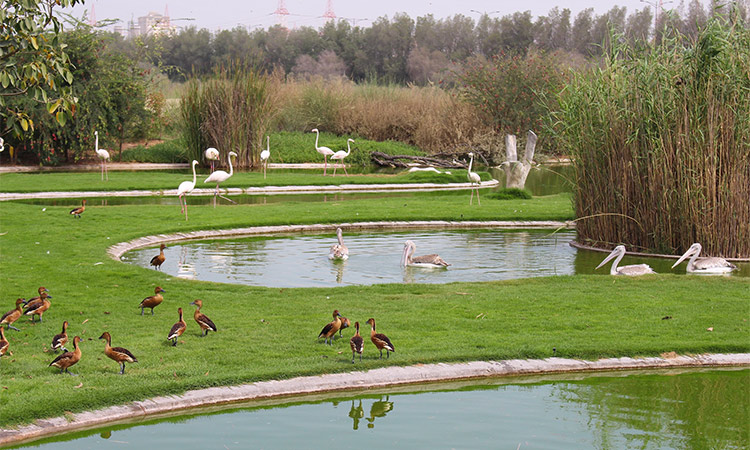Florida and Alaska voters did the right thing
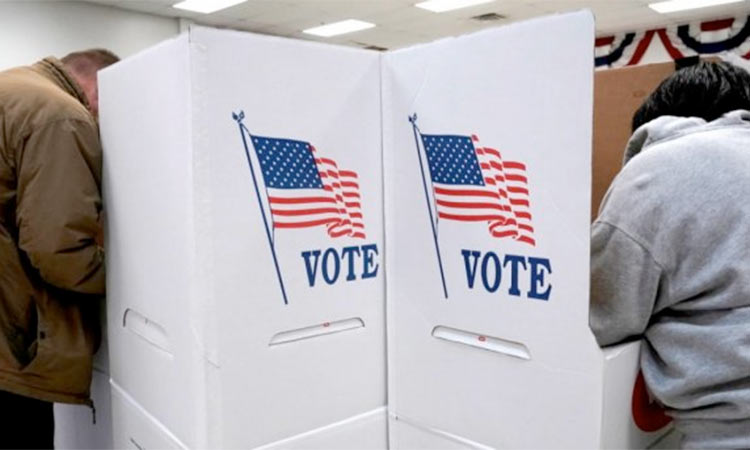
Florida’s Let All Voters Vote campaign palyed a crucial role in the elections.
George Pillsbury, Tribune News Service
In contrast to the narrow ballot measure win in Alaska, which will create top-four open primaries followed by ranked-choice general elections across the state, stands the defeat of top-two open primaries in Florida. That proposal garnered the support of 57% of Florida’s voters in November — but that was short of the 60% threshold for amending the state’s constitution.
While revealing the strong support for open primaries generally, the campaign added fuel to the growing dispute about whether top-two is the right solution. Organizations that normally support democracy reform — including the League of Women Voters, ACLU and NAACP — all came out against the initiative. Echoing the concerns of other top-two critics, they said the switch would end up limiting the electorate’s choices by offering too little opportunity for diverse candidates to make it to the general election ballot.
Florida’s Let All Voters Vote campaign addressed a problem worth solving: Most races in the state are decided in primaries that are closed to voters who aren’t Democrats or Republicans. As a result, the likely winners of most general elections are determined by a limited number of voters in the base of the two major parties. The top-two campaign sought to give voice to more than 3.8 million of the state’s 14 million registered voters who are not affiliated with one of the major parties and so are silenced in the primaries. Every voter should be able to participate equally in the preliminary election that determines who gets on the final ballot.
Top-two’s fatal flaw is that it leaves voters with just two choices, locking in an outmoded and dysfunctional two-party system. Contests with just two choices are avoided by most advanced democracies for their inherently polarising and anti-competitive nature, their unrepresentativeness of the electorate and their unresponsiveness to public opinion.
You don’t solve our broken primary system by minimising choice in the main event, when the most voters participate and when actual representation is decided. There is no gain in the illusion of choice among candidates and parties in Act I and a near empty stage in Act II. In most every aspect, top-two runs counter to the goals and democratic norms of competition and equal opportunity — and the promise, not just to vote, but cast a meaningful vote that counts towards representation.
Proponents say top-two provides more opportunity for independents and minor party candidates to compete. That was not the case this year in two states that use the system for partisan state and federal elections, California and Washington.
Out of 337 congressional and legislative seats up for election in those two, all but one was won by the candidate of a major party — and he was a Republican who ran for re-election as an independent. The few independent and third-party candidates who made the November ballot generally lost in landslides, giving the winners little reason to pay attention to their opponents’ views.
It was just Republicans and Democrats in all 63 races for Congress. In eight of the contests, both finalists were Democrats. As for the 224 legislative races in November, only 7% (16 of them) featured a non-major-party candidate — while 17% (39 of them) gave voters a choice of two people from the same major party.
Alaska’s new top-four system holds far more promise. The primary will have a lower threshold for a candidate to advance to the general election. This means a wider door for independents and third party candidates to compete in November. The final field will better reflect the local or statewide electorate they seek to represent. Top-four will also afford voters a broader spectrum of opinion in the campaign. It means more voters will have the opportunity to find a candidate they support — in contrast with zero sum two-party contests- where voters as often as not end up voting against someone rather than in favor of someone.
Under the new Alaska system, the general election will be even better. It will be conducted with ranked-choice voting, necessary to make top-four work. Without it, the risk is splintered results with plurality victors — ideal for a polarising candidate with a narrow base to win whenever a group of like-minded opponents split the vote.
Ranked elections solve the problems of split votes and spoilers. It also has the benefit of letting voters cast ballots more expressive of their views and more likely to count towards representation. Further, when candidates compete not just against one another but also to become the second choices of those voting first for an opponent, it creates incentives for collaboration and consensus you don’t find in a top-two system.
As much as open primaries have broad support, top-two as a remedy doesn’t stand up well. How could it, when it only allows a maximum of two candidates and two parties to compete? Of all the reforms meant to improve and expand democracy, top-two is the only one that explicitly enshrines this as policy.
Florida’s campaign deserves credit for gaining majority support for open primaries in the face of intense opposition from the major parties and in the shadow of a high-profile national election. Still, the defeat allows time to reconsider any future efforts. The top-two solution is the wrong way to achieve either the higher goals of open primaries or broader democracy reform.
(George Pillsbury is founder and senior adviser for Nonprofit VOTE, which encourages voter registration efforts by nonprofit groups, and author of “America Goes to the Polls,’”a biennial report on voter turnout and election reform.)
